A few months ago, I had the pleasure of visiting Corfu, an island covered in scenic charm and historical intrigue, with its Old Fortress being the jewel in its crown. Corfu carries its past with pride, and nowhere is this more evident than in its iconic citadel’s weathered stones and ramparts.
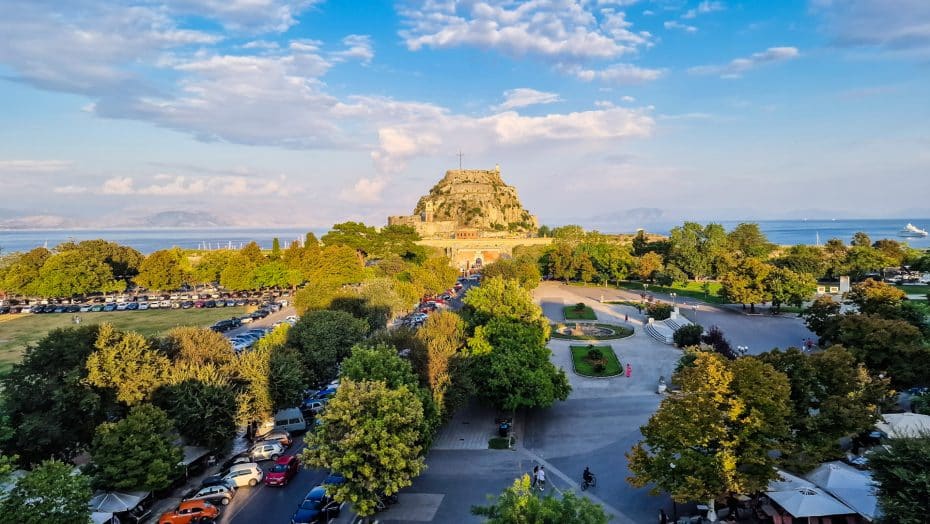
Staying at the Arcadion Hotel proved to be a great choice. Perfectly positioned within walking distance of the fortress, this stately hotel provided comfortable accommodations and even better views. Find out more about the best areas to stay in Corfu Town.
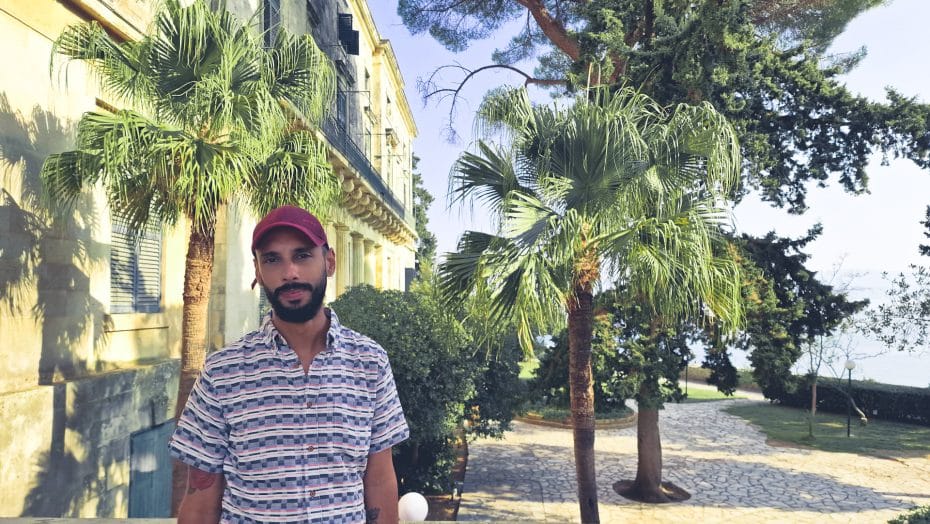
Recommendations for the Old Fortress are easy to come by; however, from personal experience, I urge future visitors to immerse themselves in its vicinity. Staying near this iconic structure allows you early access and late evening walks, where the true spirit of the place emerges after sunset.
Corfu Old Fortress: A Little History
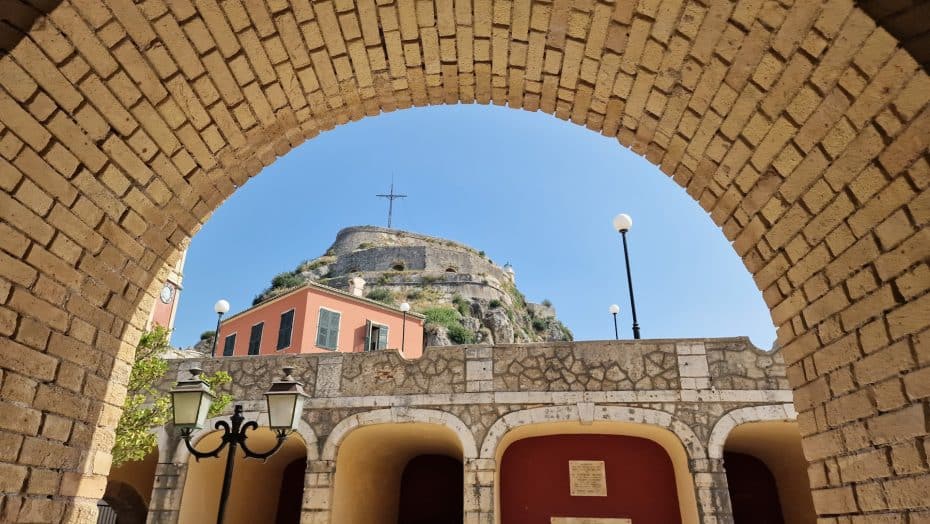
With its impressive past, the Old Fortress of Corfu is a testament to the island’s strategic importance through the centuries. The fortress itself is a fascinating subject for those interested in European history and architecture. Corfu’s Old Fortress, known locally as Paleo Frourio, has a history stretching back centuries. This imposing structure has undergone numerous changes, influenced by the various powers that controlled it through time. From its Byzantine inception to Venetian improvements and British additions, the fortress is like a history book literally written in stone.
Byzantine Beginnings and Venetian Enhancements
The story of the Old Fortress takes us back to the 6th century during the Byzantine era. It was originally built on the site of a former acropolis after invasions compelled the Corfiots to fortify this promontory that juts into the sea. The fortress served as a guardian against invaders and witnessed modifications by various rulers over time.
Venetian Mastery in Fortification
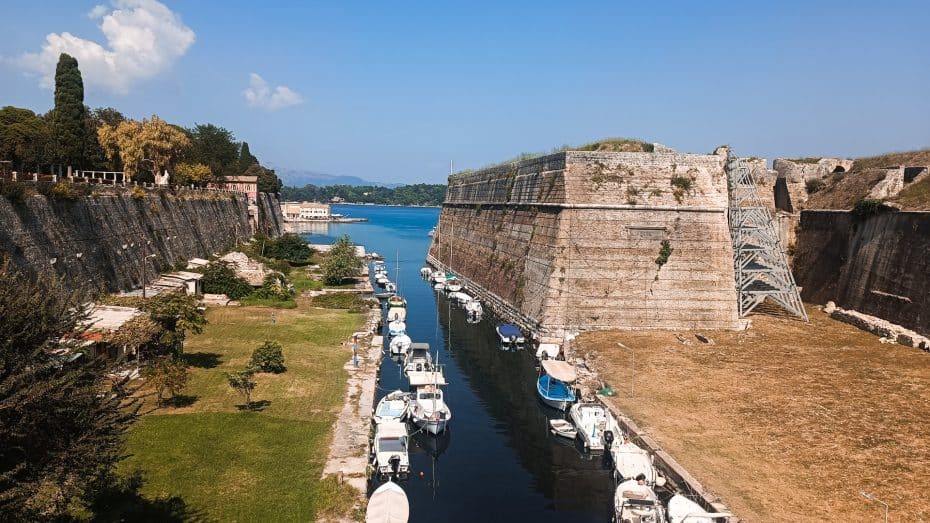
During Venice’s rule from 1401 to 1797, the fortress truly flourished. The Venetians were masters of fortification, and they significantly enhanced and expanded the fortress, integrating it with Corfu’s city defenses. They constructed robust walls and dug a moat separating it from the mainland, which can still be seen today as Contrafossa. These formidable defenses helped make it one of Europe’s most secure military sites.
A Tour Through Centuries: French, British, and Greek Era
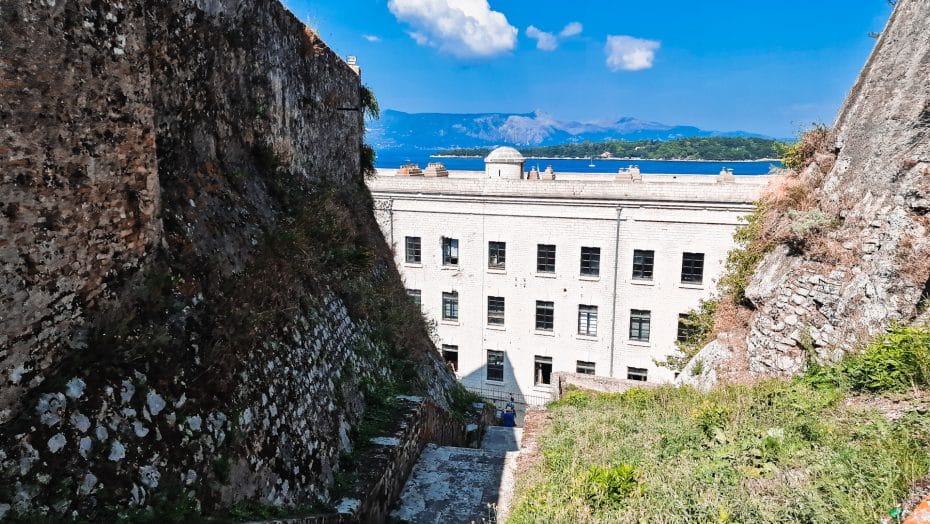
After Venetian rule, French and British influences left their marks on the fortress’ architectural fabric. Under Napoleon’s rule, the French added their structures in the 18th century. Later, when the British took over from 1815 to 1864, they, too, entrenched their presence. For example, they established St. George’s Church in a neoclassical style that distinguished it from prior styles within the complex.
Visiting the Old Fortress: Things Not to Miss
- Spianada Square: Europe’s second-largest square is surrounded by historical buildings and offers expansive views ideal for insight into Corfu’s socio-political evolution since the Venetian period.
- Land Gate: Dating back to the 16th century, the Land Gate was once the main entrance to the fortress and Corfu town. Imagine walking through the same archway where soldiers once marched, securing the island against invaders.
- St. George’s Church: Inspired by classic ancient Greek architecture, this 1840 church inside the fortress resembles a Doric temple rather than a typical Orthodox church, making it a fascinating architectural anomaly.
- British-built Hospital: Constructed during British rule in the early 19th century, this building captures a period when Corfu played a crucial role in British naval power in the Mediterranean.
- Martello Tower: This circular defense tower symbolizes the military design prevalent during the British occupation.
- The Byzantine Collection of Corfu: Located in St. George’s Church, this museum showcases artifacts that celebrate the Byzantine era of Corfu with relics that detail its artistic and religious heritage.
- The Old Fortress lighthouse: Offering panoramic views of Corfu city and the sea, make sure to climb to the top during sunset for a spectacular vista you won’t forget.
- The Central Gate: Built in 1786 by the Venetians, it reflects their influence on Corfu’s defensive architecture—marvel at its ornate design and surviving Venetian crests.
- The Contra Fossa Moat: This artificial moat separates the fortress from Corfu town and adds to your understanding of how this stronghold was designed for maximum security.
- Music Pavilion: Regular concerts by local bands and orchestras bring life to this space with melodies echoing throughout the fortress walls; check out local listings for live performances during your visit.
Personal tip: Don’t miss climbing up to the highest point – you’ll be rewarded with breathtaking panoramic views. It’s easy to see why this location was chosen for defense; from here, every approach by sea is visible.
Palaio Frourio: Tips for Your Visit
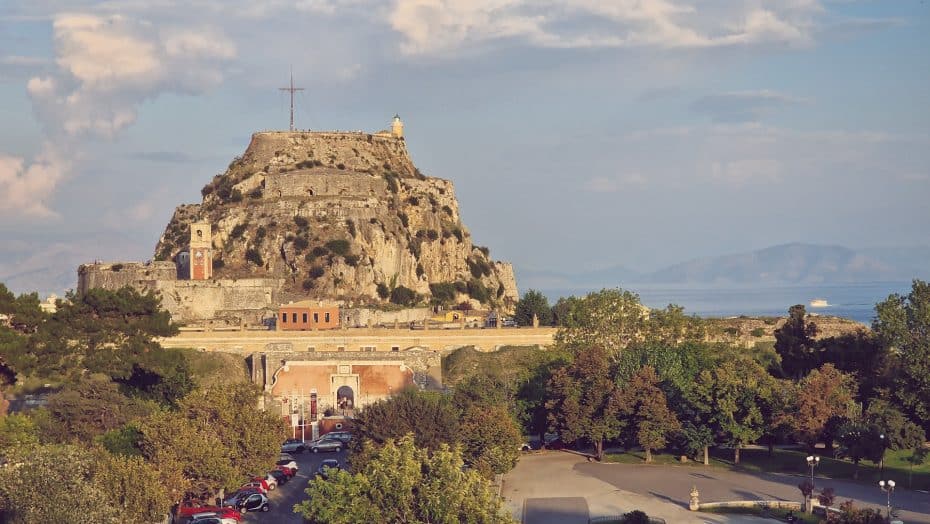
To make the most of your visit to the Old Fortress, here are some practical tips.
The Old Fortress is open to visitors daily. During the summer season, from May to October, it opens at 8 AM and closes at 8 PM. It operates from 8:30 AM until 3 PM for the rest of the year.
Entry tickets (around €6) can be purchased at the gate. Adults are generally charged a standard entry fee, while reduced rates apply to children and students.
Wear comfortable shoes. This tip cannot be overstated—exploring the Old Fortress involves quite a bit of walking. The ground can be uneven, so sturdy footwear will make your visit more enjoyable.
Don’t miss key features like Saint George’s church at the summit. Built by the British army in 1840, it resembles a Doric temple rather than a conventional church. Also noteworthy are the old British barracks.
Bring water and snacks since the fortress has limited facilities, especially during off-peak seasons.
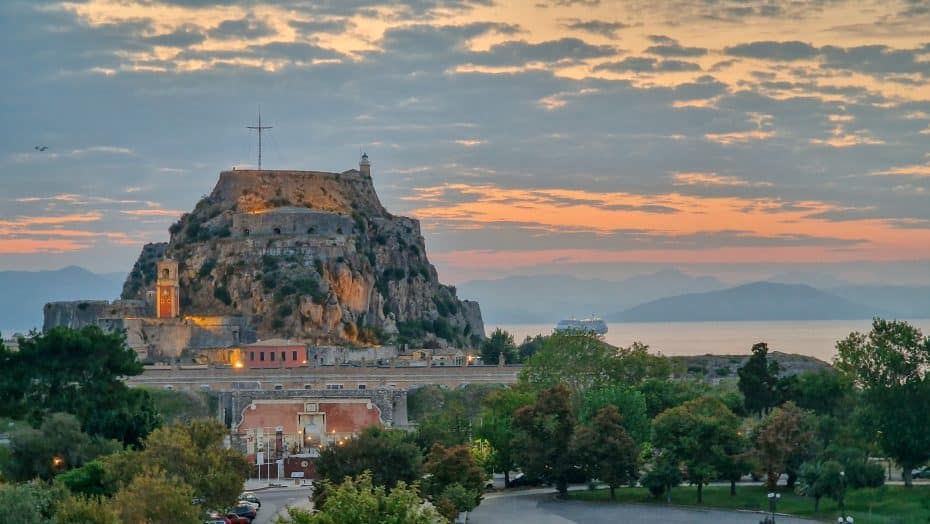
Enjoy the views from the top of the fortress, where you’ll see an impressive panorama of Corfu town and its coastline. If you can time your visit accordingly, it is especially breathtaking during sunrise or sunset.
Corfu’s Old Fortress: Other Attractions to Explore Nearby
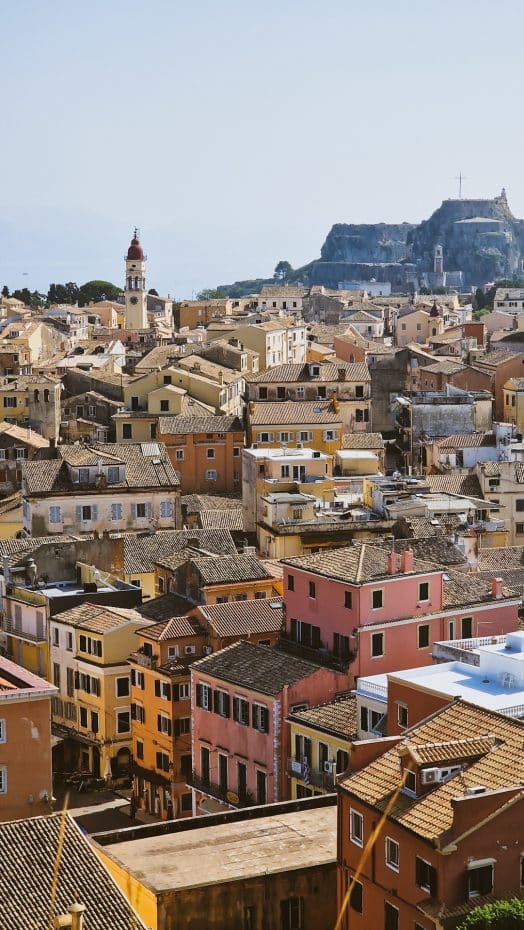
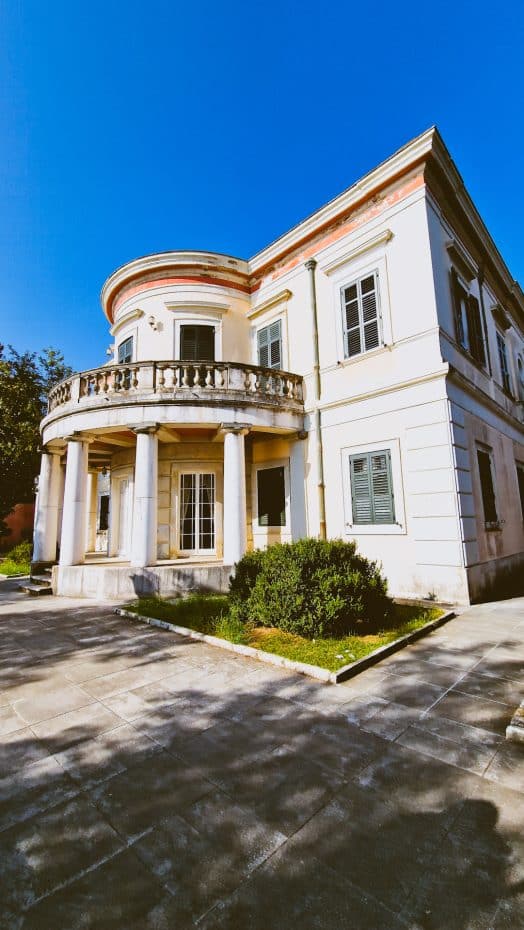
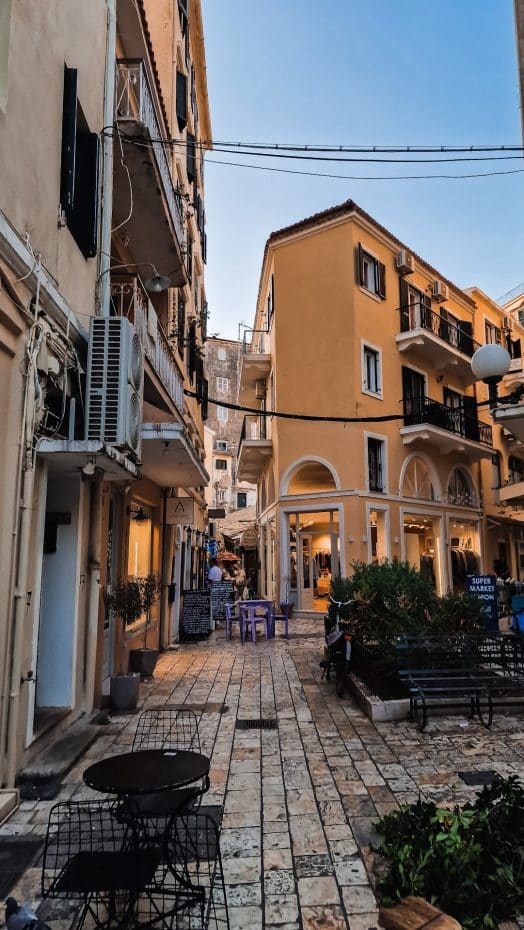
- New Fortress of Corfu: Just a short walk from the Old Fortress, the New Fortress, or “Fortezza Nuova,” is another historical jewel. Built by the Venetians in the late 16th century as an extension of the city’s fortification against Ottoman invasions, this fortress offers panoramic views of Corfu Town and its port.
- Saint Spyridon Church: Named after Corfu’s patron saint, Saint Spyridon Church holds significant importance and showcases splendid architecture. It dates back to the 1580s and is distinguished by its red-domed bell tower – the highest in the Ionian Islands.
- Liston Promenade: Head to the elegant Liston Promenade for a walk. Inspired by the Rue de Rivoli in Paris, this arcaded street dates back to the French Imperial rule during Napoleon’s reign. It’s a perfect spot for sipping coffee and enjoying a gentle stroll as you watch life go by.
- Archaeological Museum of Corfu: Cultural aficionados will enjoy visiting the Archaeological Museum, which houses artifacts from Corfu’s history dating back to prehistoric times. Don’t miss the impressive Gorgon pediment from the Temple of Artemis – it’s one of the best-preserved pieces in Greece!
- Mon Repos Palace: A bit farther from the town center lies Mon Repos Palace, built as a summer residence for British Lord High Commissioner Frederic Adam in 1826. Today, it houses a museum and is set amidst lush gardens where you can meander among ancient ruins.
Find out more about the top things to see in Corfu.
Personal tip: While exploring these sights, stop at a quaint cafe to indulge in local cuisine; you might want to try ‘Sofrito’ or ‘Pastitsada,’ two of Corfu’s traditional dishes.


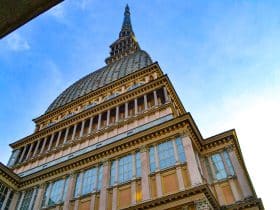

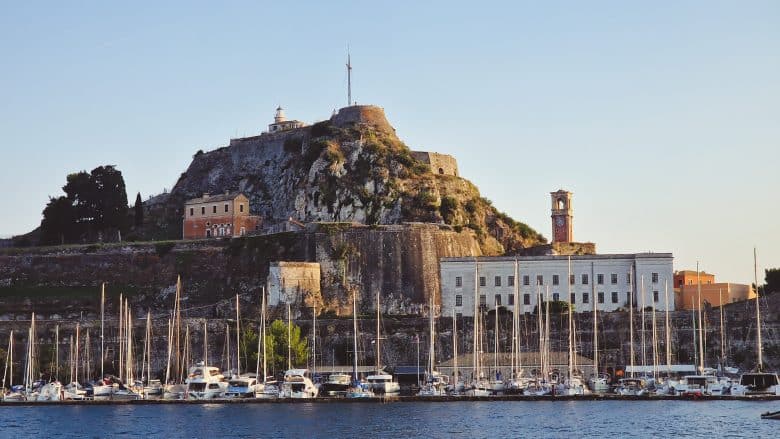
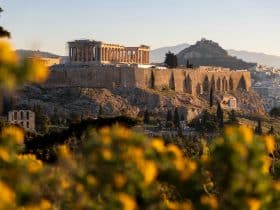
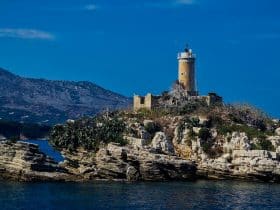

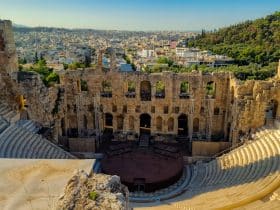
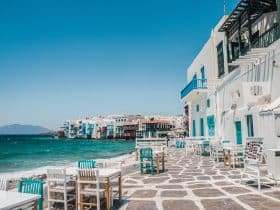


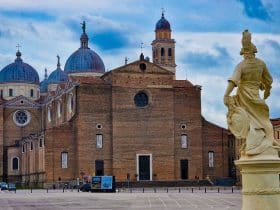












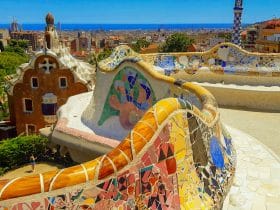

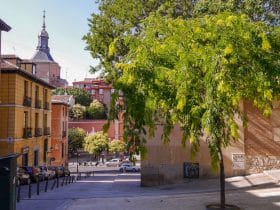

Leave a Reply
View Comments